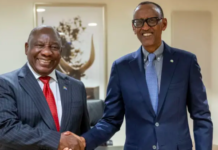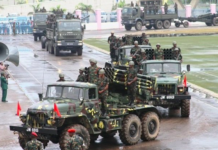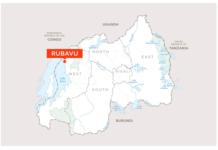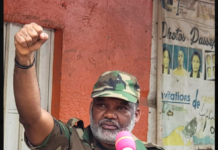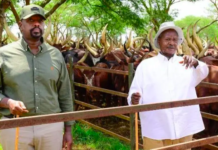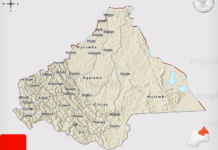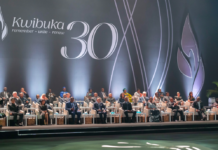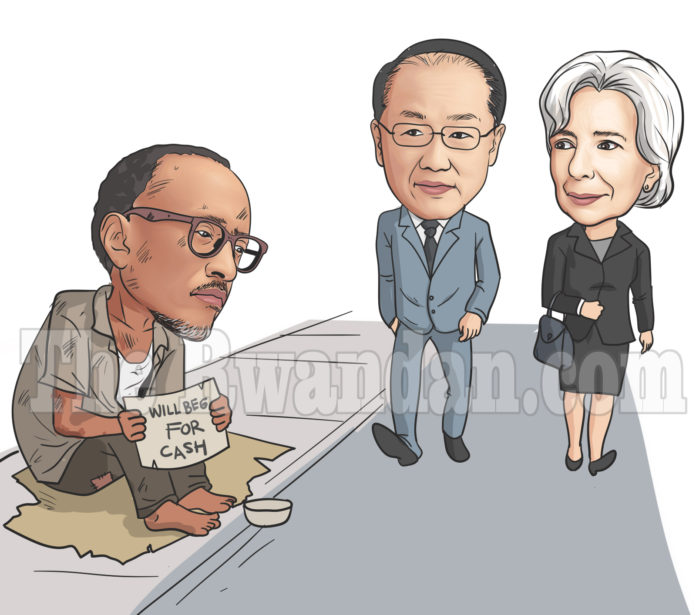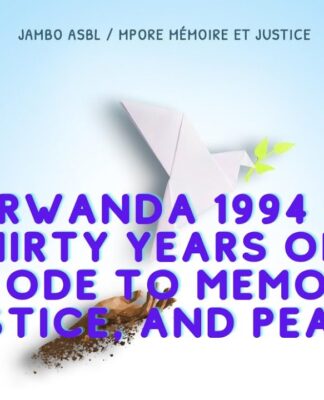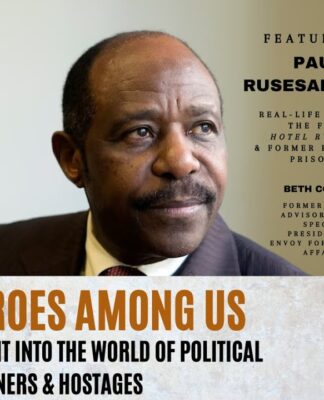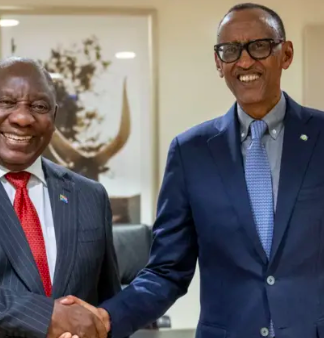By David Himbara
I suspect most of my Rwandan compatriots never heard of the famous “Letter Of Intent” used by International Monetary Fund (IMF). The Letter of Intent is a letter from a government to the IMF outlining planned economic reforms to be made in order to receive an IMF loan. The letter is written jointly by a country’s minister of finance and the governor of the central bank and sent to the IMF’s Managing Director annually. This is no simple letter, however — the Letter of Intent includes a comprehensive matrix of conditions that a country must implement in order to access the IMF’s resources.
Perhaps, the power of the Letter of Intent is its transparency. The IMF requires the governments that write the Letter of Intent to publicly state that the Letter of Intent is published where it can be viewed by the public. The Letter of Intent is, therefore, published on the IMF website where it can be viewed by anyone who wishes to do so.

Let us look at the most recent Letter of Intent from Kagame’s Rwanda.
Kigali, Rwanda, May 23, 2018
Ms. Christine Lagarde, Managing Director, International Monetary Fund, 700 19th Street, N.W., Washington, D.C., 20431
Dear Ms. Lagarde,
1. In the attached update of the Memorandum of Economic and Financial Policies (MEFP) and the Technical Memorandum of Understanding (TMU), we outline progress and policies toward meeting the objectives of the economic program of the Rwandan government that is supported by the PSI.
2. Following an adjustment program to deal with external shocks experienced in 2015 and a weather shock, growth slowed in 2016 and early 2017. However, because of dividends from our public investment strategies, increasing domestic production from our Made in Rwanda program, a more competitive real exchange rate, and favorable movements in international commodity prices, growth picked up in the second half of 2017, registering 6.1 percent for the year. The recovery was across most sectors of the economy, with a pronounced rebound in exports, reflecting strong performance in traditional exports combined with growing demand for new exports. Construction activity remained slack, however, following a boom in 2016 and possibly reflecting a lag in the response of domestic demand.
3. Fiscal policy has been in line with program objectives, and the debt situation remains at a low risk of distress. Monetary policy, following a period of modest easing in 2017, has been kept in a relatively neutral stance, as we transition toward implementation of an interest rate-based operating framework, in the context of a flexible exchange rate regime. All end-December 2017 and continuous quantitative assessment criteria under the program and structural benchmarks were met. The indicative US$500 million ceiling on new external debt contracted by public enterprises was exceeded by US$87 million, due to a lease signed by Rwandair. To accommodate this as well as other leases in the pipeline, we propose to raise the indicative ceiling to US$800 million.
4. Looking forward, we will continue to safeguard the progress made to sustain long-term economic growth, through keeping fiscal and external balances sustainable while implementing our new National Strategy for Transformation. Supporting reforms to our macroeconomic policies will aim to improve domestic revenue mobilization, increase fiscal transparency, identify and mitigate potential fiscal risks.
5. In view of this performance, our Government requests that the Executive Board of the IMF approve the ninth review under the PSI-supported program. Proposed program targets for end-June 2018, which will gauge performance under the tenth and final review of the program, have been adjusted slightly to reflect more ambitious targets for accumulation of reserves, domestic revenues, and priority spending.
6. We are confident that the policies described in the attached MEFP will serve to achieve our program’s objectives and, if necessary, our Government stands ready to take any additional measures that may be required. We will consult with the Fund on the adoption of such measures and in advance of revisions to the policies contained in the MEFP, in accordance with the Fund’s policies on such consultation.
7. We consent to the publication of this letter, and its attachments as well as the related staff report.
Sincerely yours,
Uzziel Ndagijimana, Minister of Finance and Economic Planning
John Rwangombwa, Governor, National Bank of Rwanda
In the Memorandum of Economic and Financial Policies attached to the letter of intent, the minister and the governor further explained the RwandAir affair as follows:
In the first quarter of 2018, Rwandair contracted a lease for additional aircrafts for the expansion of its fleet, which breached the indicative target on the US$500 million ceiling on external debt by public enterprises US$87 million. The rationale behind fleet and route expansion is to operate deeper into Africa by adding new routes, and creating longer haul connections to Europe, America, and Asia. Although the initial plan was to acquire two aircraft next fiscal year, an opportunity arose to acquire new aircraft following the folding of a European airline company, so Rwandair management quickly engaged the lease contracts. The aircraft will only start generating debt service payments in 2019. Going forward, leases for 3 additional aircraft are likely to be signed in 2018, including to replace two aging aircraft. Hence, the government requests an increase in the indicative limit to US$800 million to accommodate these leases.”
The Letter Of Intent is a powerful tool for bursting the secrecy
Dear Rwandan compatriots, if you wish to get a deeper understanding of how the Kagame regime works, read the Letter of Intent. The Letter of Intent, as I illustrate in this post, contains the information the regime normally hides from the Rwandan taxpayers. In this case, the minister of finance and central bank governor are forced to explain the RwandAir mess. And remember that the Kagame regime is obliged to send to the IMF the Letter of Intent every year. You can’t go wrong for reading previous Letter of Intent and their attachments. These are available on the IMF website.



